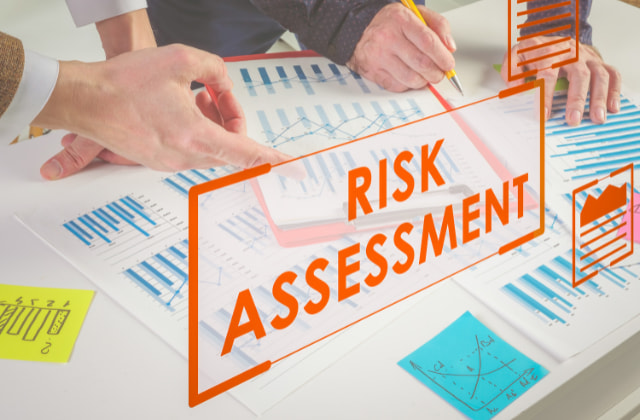The Function and Importance of Risk Management in Ensuring Organizational Continuity
The Function and Importance of Risk Management in Ensuring Organizational Continuity
Blog Article
The Importance of Recognizing the Importance of Risk Management in Various Industries

The Core Principle of Risk Management and Its Purpose
Risk Management, the foundation of lots of sectors, rests on the recognition, assessment, and reduction of unpredictabilities in a company setting. It is an indispensable method that permits companies to safeguard their properties, online reputation, and overall survival. By correctly determining potential threats, businesses can develop strategies to either prevent these threats from happening or reduce their effect. The examination procedure involves examining the chance and prospective severity of these risks. The mitigation process involves developing methods to minimize their prospective impact once dangers have been identified and evaluated. This procedure is cyclical and continuous, making sure that services are gotten ready for the ever-changing nature of Risk in various sectors. The primary function, thus, is to foster strength among unpredictabilities.
Benefits of Applying Risk Management in Organization Operations

Introducing the Duty of Risk Management in Different Industries
While every industry confronts its distinct collection of dangers, the application of Risk Management methods stays a typical in their pursuit of sustainability and development. In the medical care market, Risk Management requires guaranteeing individual security and data security, while in money, it entails mitigating financial investment risks and guaranteeing regulatory conformity. Eventually, the role of Risk Management across markets is to identify, examine, and minimize risks.
Real-life Case Research Studies Demonstrating Successful Risk Management
To recognize the relevance of Risk Management in these lots of sectors, Click Here one can look to a number of real-life circumstances that illustrate the successful application of these measures. Toyota, publish the 2011 earthquake in Japan, changed its supply chain Management to decrease disruption dangers. These situations show just how industries, finding out from crises, successfully used Risk Management techniques to lower future threats.
Future Trends and Advancements in Risk Management Techniques
As the world continues to advance, so too do the patterns and advancements in Risk Management techniques. Fast improvements in technology and information analytics are reshaping the Risk landscape. Large information and AI are currently instrumental in forecasting and mitigating risks. Organizations are leveraging these tools to develop anticipating versions and make data-driven choices. Cybersecurity, as soon as a peripheral worry, has actually catapulted to visit homepage the leading edge of Risk Management, with approaches concentrating on avoidance, feedback, and detection. The integration of ESG (Environmental, Social, Governance) elements right into Risk Management is an additional expanding fad, reflecting the increasing acknowledgment of the role that social and ecological risks play in business sustainability. Hence, the future of Risk Management depends on the combination of innovative modern technology, cutting-edge methods, and an all natural strategy.
Final thought
Finally, comprehending the relevance of Risk Management across a spectrum of sectors is important for their longevity and success. Tailored techniques can assist alleviate potential risks, secure properties, and foster stakeholder trust fund. In addition, positive decision-making aids in regulative conformity and click resources maximizes resource use. Inevitably, effective Risk Management contributes to a lot more sustainable and resilient businesses, highlighting the relevance of this method in today's dynamic and extremely affordable company environment.
While every sector faces its special set of dangers, the application of Risk Management methods continues to be a typical denominator in their pursuit of sustainability and growth. In the health care industry, Risk Management involves making sure individual security and data protection, while in money, it includes mitigating investment risks and ensuring regulatory conformity. Inevitably, the function of Risk Management throughout industries is to recognize, examine, and mitigate threats. These situations demonstrate just how industries, finding out from situations, successfully applied Risk Management methods to decrease future threats.

Report this page